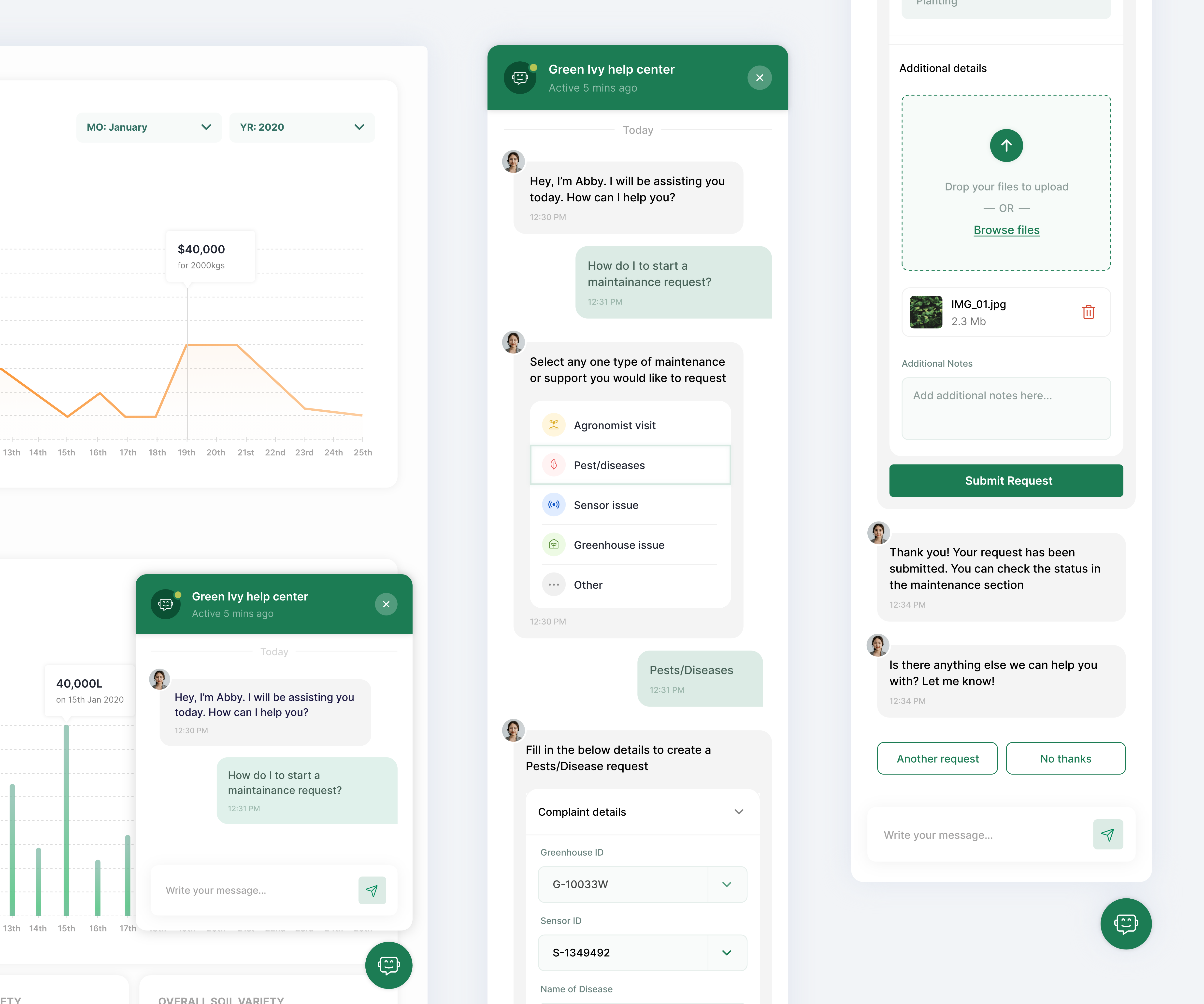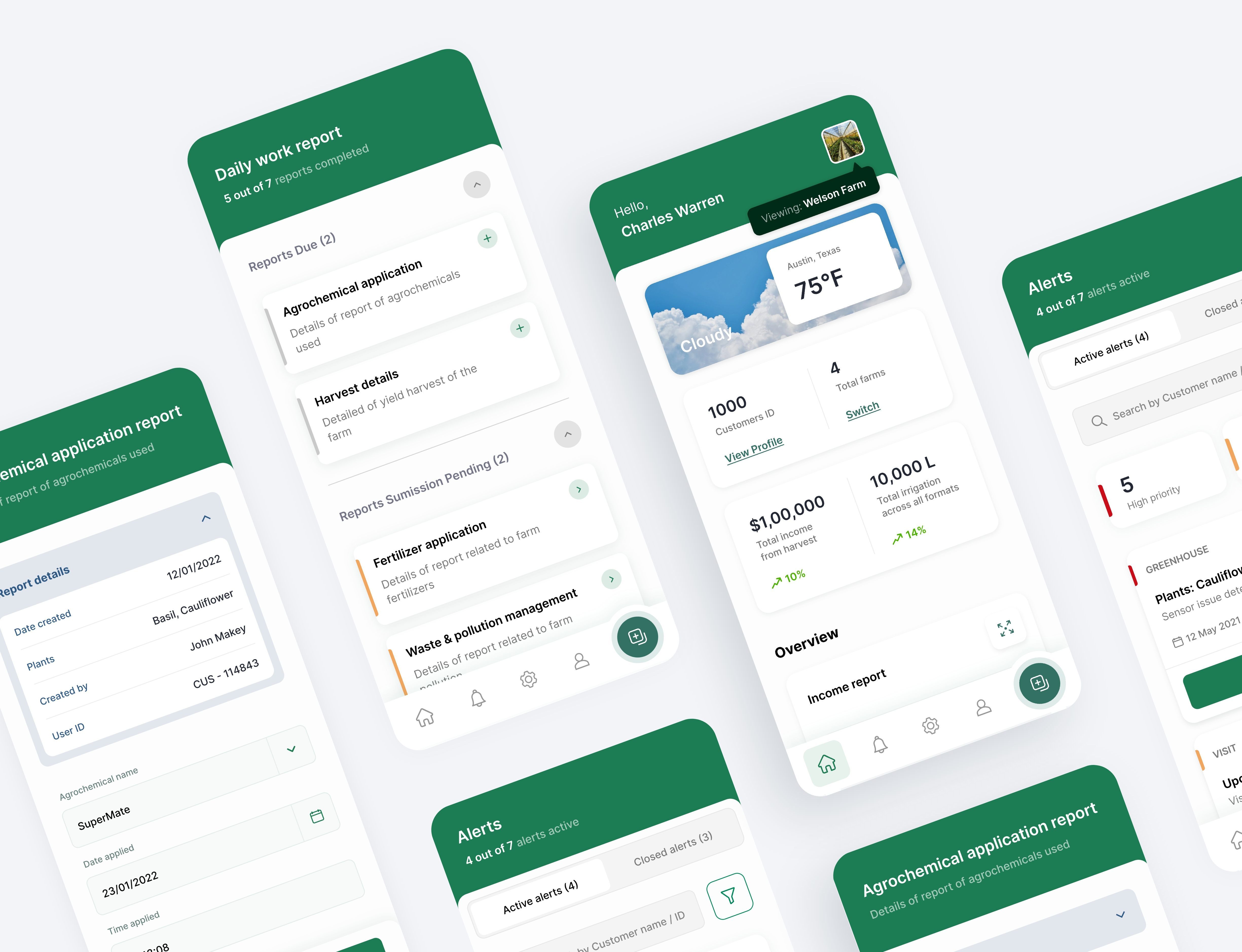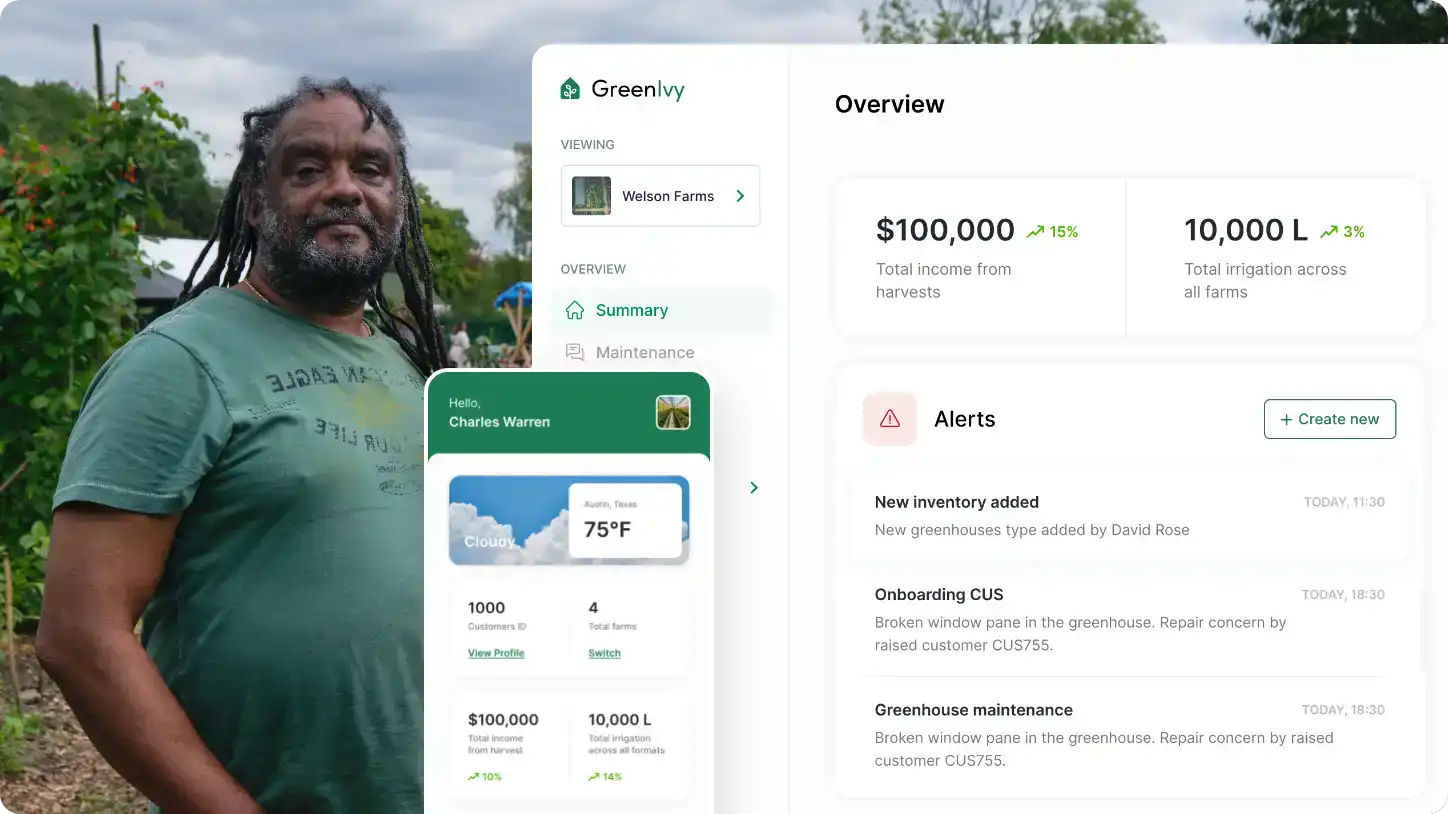
The challenge
Agriculture is by far the single most important economic activity in Africa and provides employment for two-thirds of the continent’s working population. However, only about 23% of the gross domestic product of Africa comes from agriculture. This represents major efficiency gaps and productivity losses that arise due to different operational challenges.
Upon realising this, the company decided to build a deeply-integrated SaaS dashboard that would help minimise manual labour, optimise operations and consequently bring good yield.
The challenges in this project were trifold. Firstly, we had to design for not just farmers but also farm managers and owners who had multiple farms under their purview. Secondly, we had to keep in mind that farmers had unwavering respect for traditional methods and processes. Finally, we had to account for how these farmers consistently worked in low network coverage areas (2G) and were using early age smartphones.
- Eliminate errors associated with human control, and eventually save costs
- Creating a farming experience that could optimize time and effort
- Reduce manual labour and give farmers maximum control of their operations
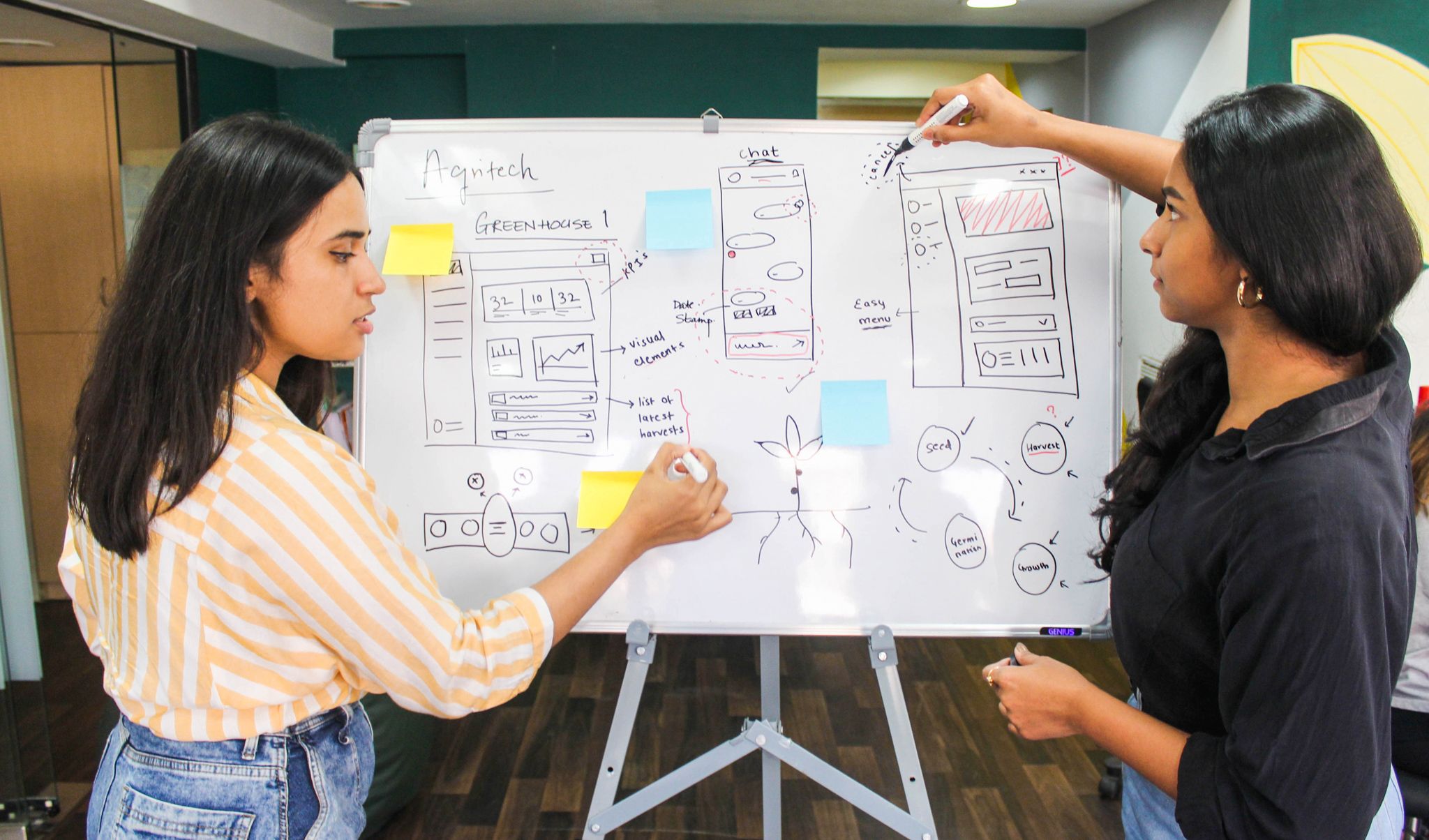
Our approach
The company approached us with merely some thoughts sketched in the form of wireframes by their non-design team. We started by devising a design strategy that encapsulated our approach for research and design. Then, we moved on to build an agile product roadmap that helped us prioritise and collaborate effectively throughout the entire project.
Right off the bat, we realised that this project needed a deep dive into not just the time they spend at farms, but also the time spent away. However, Covid struck and we had to tackle this virtually. We spent over 2 weeks interviewing ~15 farmers to understand their day to day farming practices and regular lifestyle.
Steadily, we started building a product that would leverage these insights to come up with unique solutions. We determined how we could utilize AI in certain areas to ease the farming experience and bring the farm to their fingertips.
- Market and user research
- Competitor analysis
- Information architecture (IA)
- Product innovation
- Wireframing
- Design strategy
- UX/UI design
- Custom illustrations & icons
- Design system
Labour driven. Dependent. Farmers were investing time in meaningless farming operations.
Saved time. Improved livelihoods. Eliminated wastage. Inculcated technology as a habit in farmers’ lives.
User goals and features
Farm owners
The farm owner is an investor who requires access to the dashboard to manage multiple farms. It became essential to provide them with features that would give them a seamless overview of all their farms, the health of their crops, and the revenue they can earn.
Farm managers
The managers use this platform to effectively authenticate the daily efforts of farmworkers and improve the performance of their crops. To relate to these users, we had to ensure we provided them with actionable insights and real-time monitoring of crops.
Farm workers
The key goal for farm workers was to elevate their farming experience and give them a holistic farm management dashboard that can assist them in their processes right from seed to harvest.
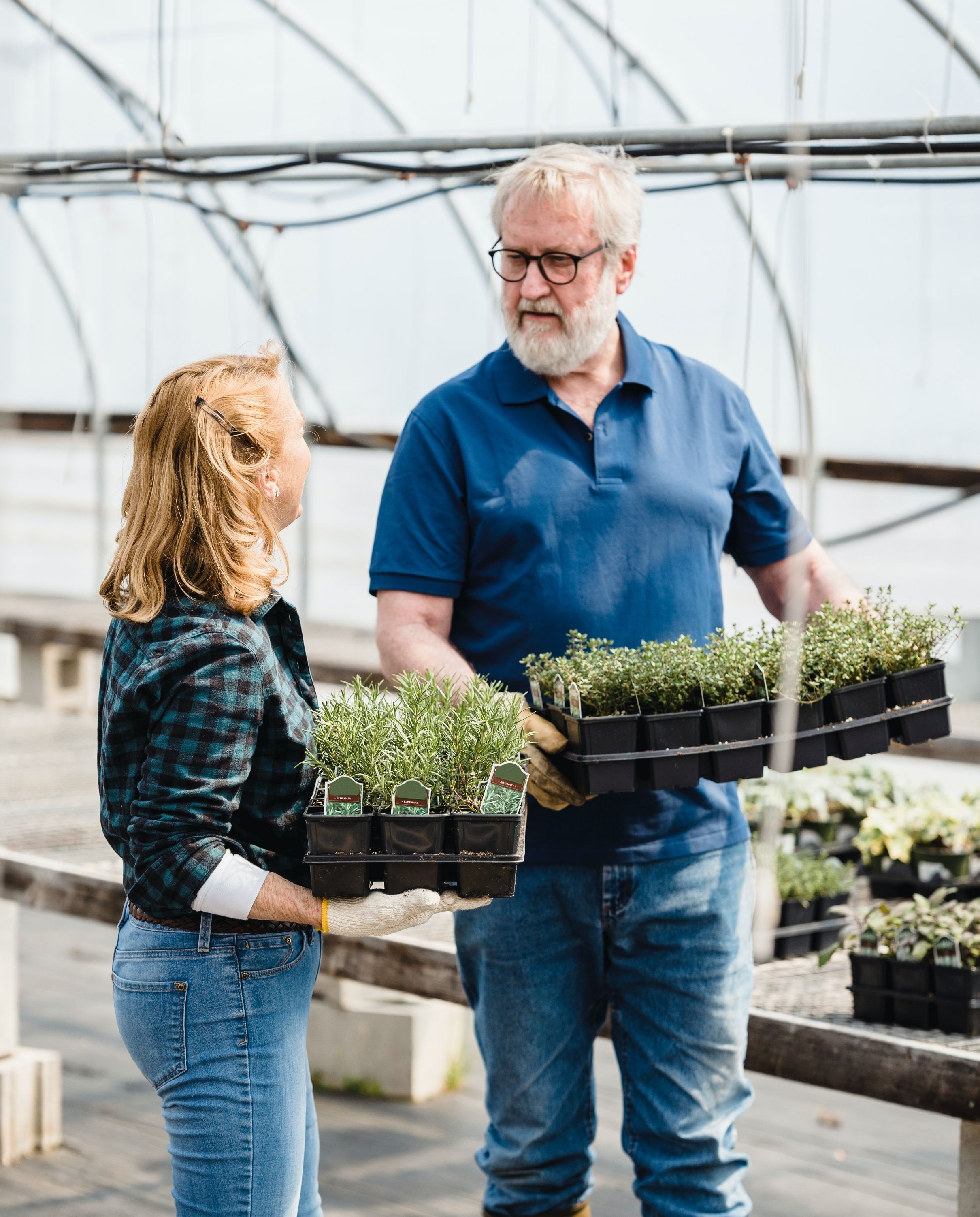
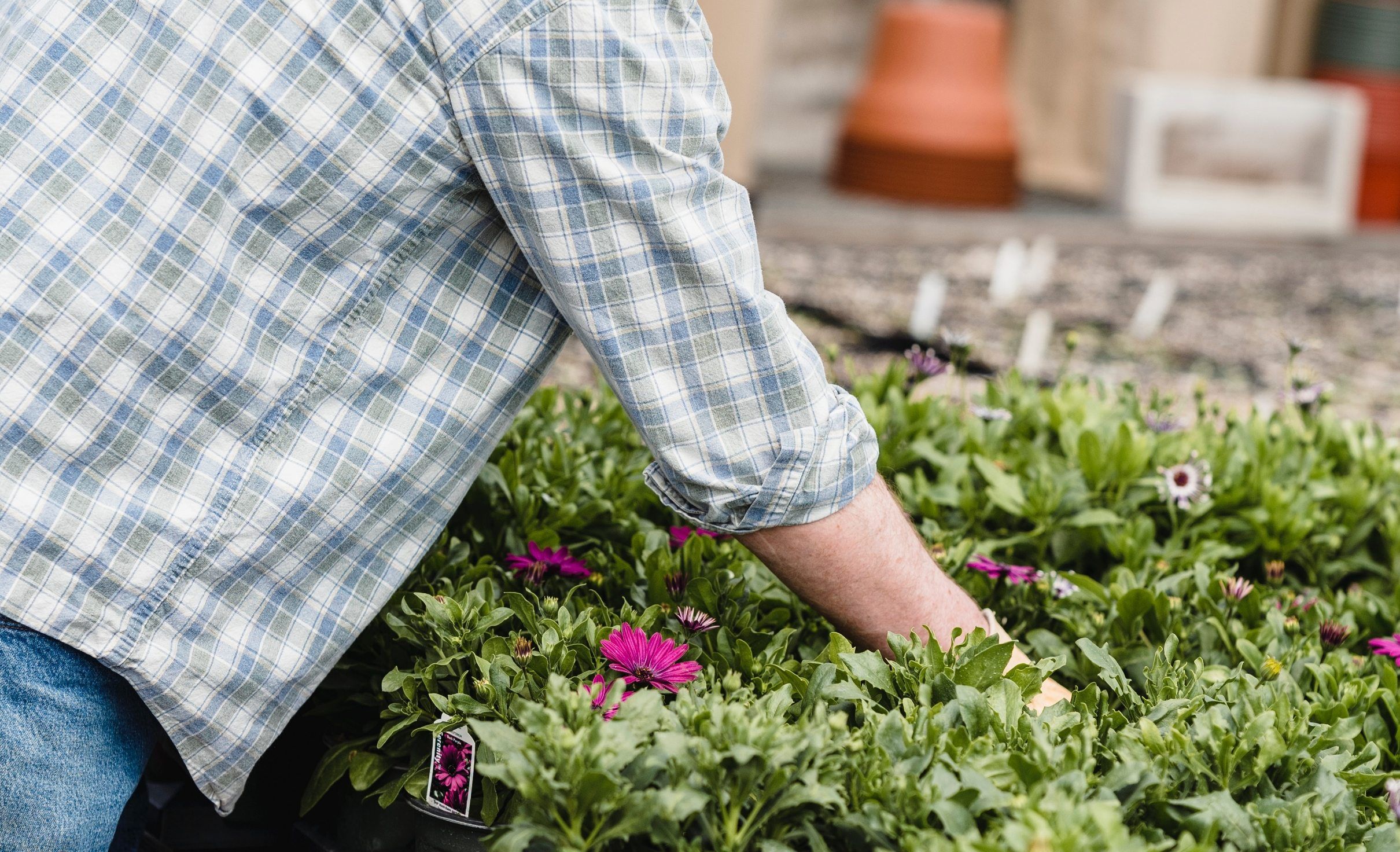
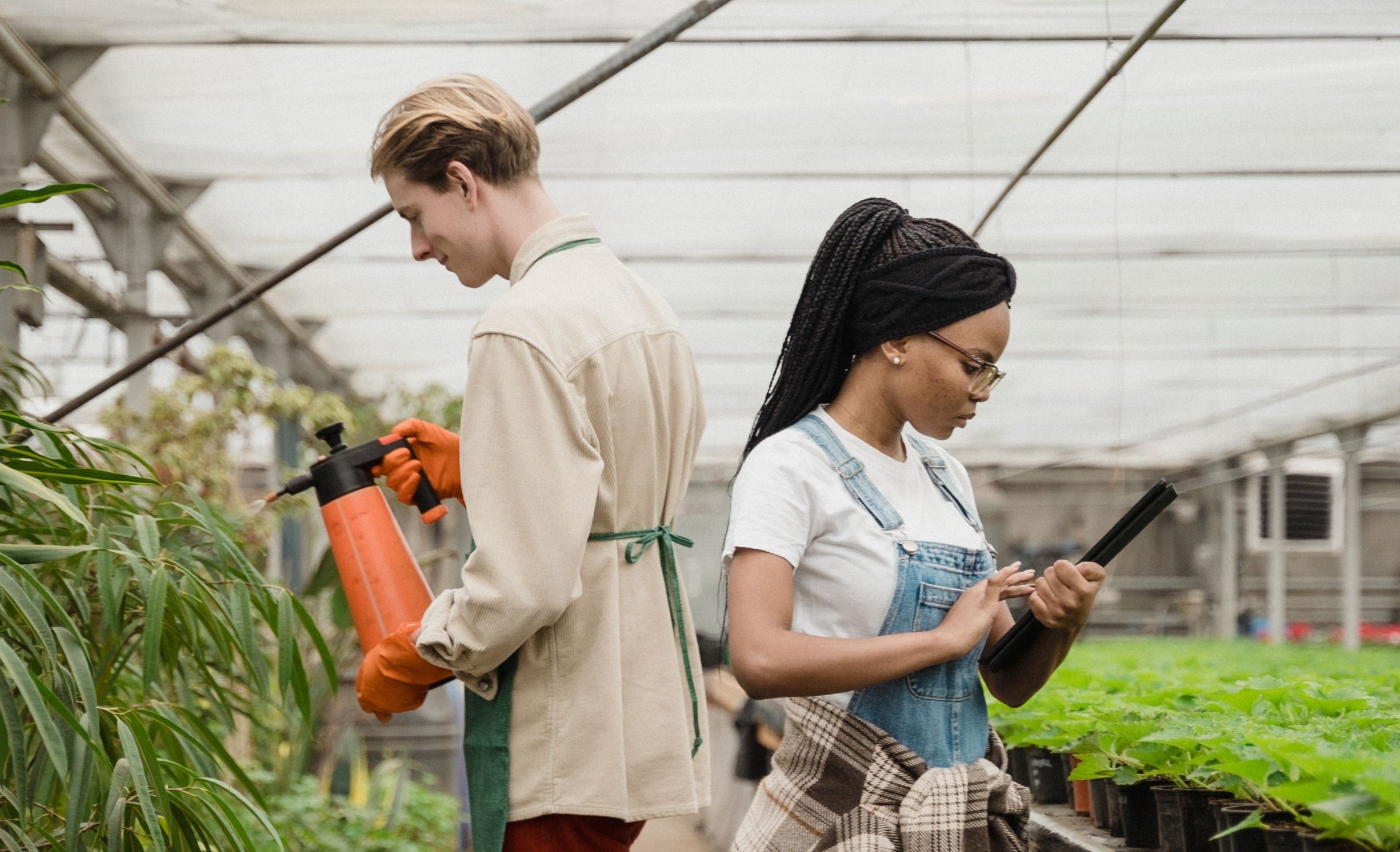
UX UI Design
The platform was built for multiple users and every user had different functions to take care of. Considering this, we utilised a card layout throughout the design making the experience easily customisable and scalable.
For the first version, we wanted to build an experience that would complement their current farming process. The product was not to be looked at as a complex digital dashboard but as an extension to their farming tools.
We also deliberately kept the designs simple for quicker adoption and higher engagement.
We utilised illustrations to visually communicate data and different calls to action. To showcase the platform’s alignment with farming and crops, we stuck to earthy tones like green, brown, and grey.
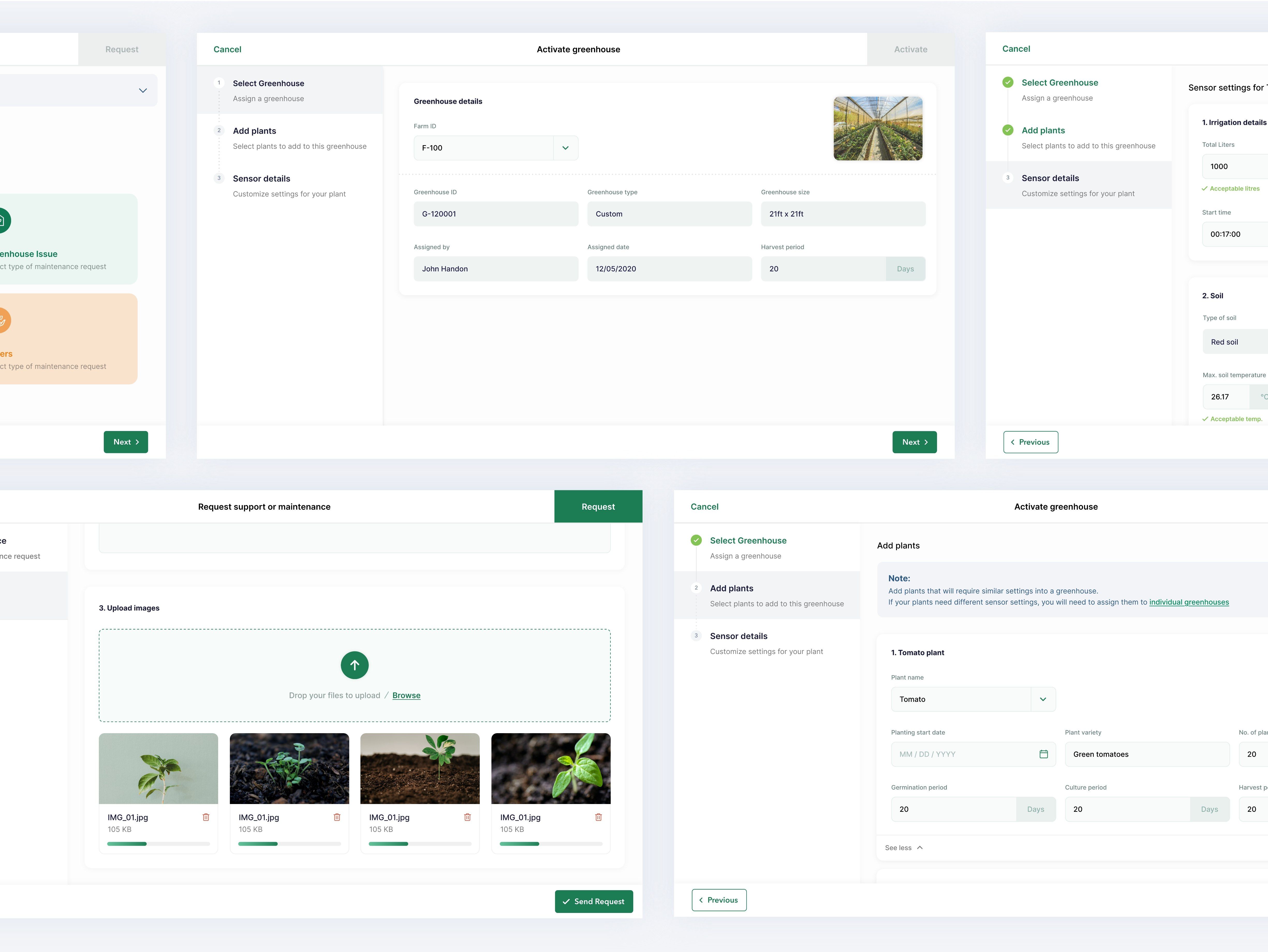
The outcome
The result was a well-validated farm management system that is simple to use and automates many of their farming processes
increase in revenue
savings on the cost input
a day saved for every farmer
Driven by AI, the farm sensors predicted the nutrient levels, soil status, fertilisers, the harvest date for crops and important farm data. While the dashboard enabled farmers to consume this data, monitor the farm through and get real-time alerts to take preventive measures against adverse conditions.

We observed that the traditional reporting process consumed a lot of time and led to no real outcome. To be able to mine insights from these reports and help farmers with recommendations, we created a faster and better digital process. This way, the farm managers could utilise this data and further optimise the output of each farmer.
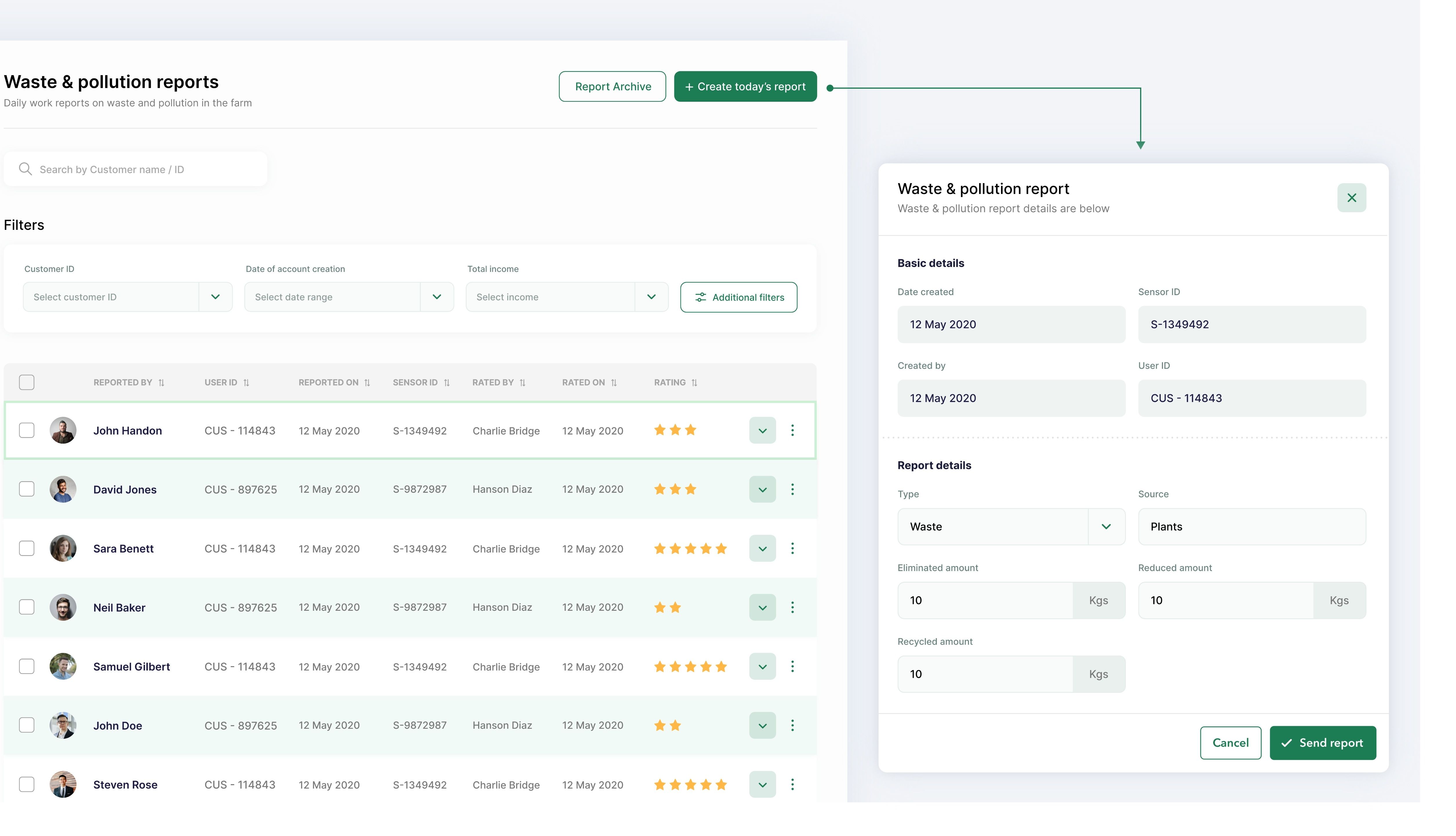
It was essential to empower farmers with a solution that they could trust. The dashboard allowed the farmers to easily communicate with support staff like agronomists and farm experts in times of concerns or crisis. This reduced crop spoilage, panic situations and consequently led to a better quality of yield.
